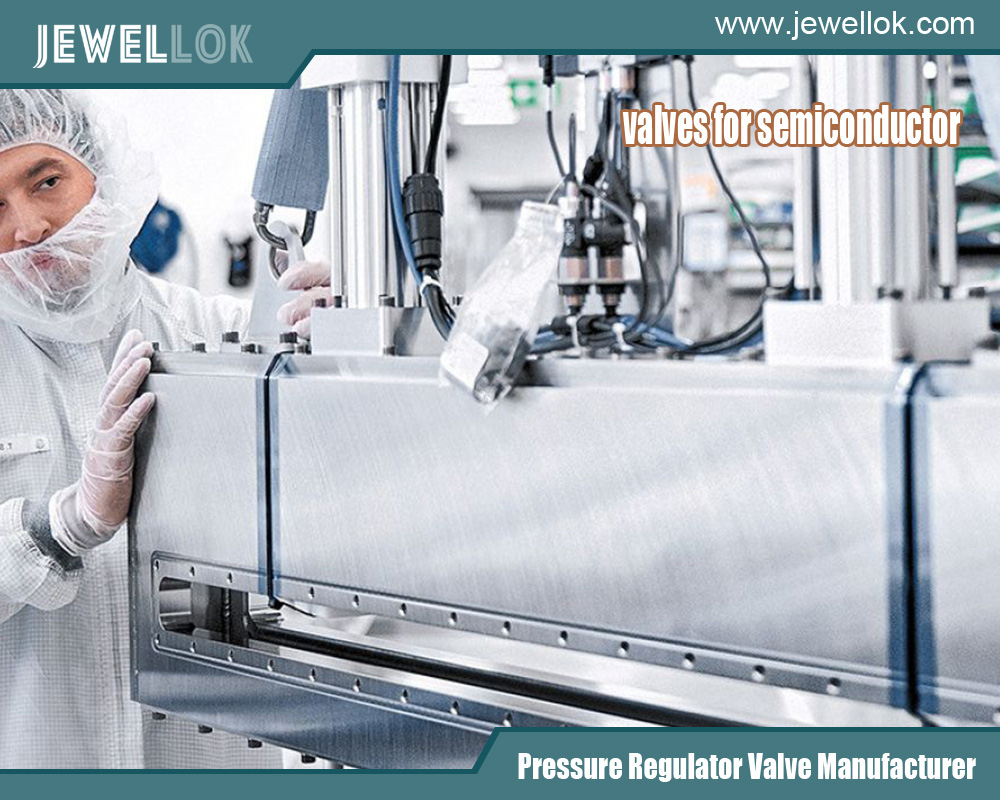Blog
Jewellok is a professional pressure regulator and valve manufacturer and supplier.
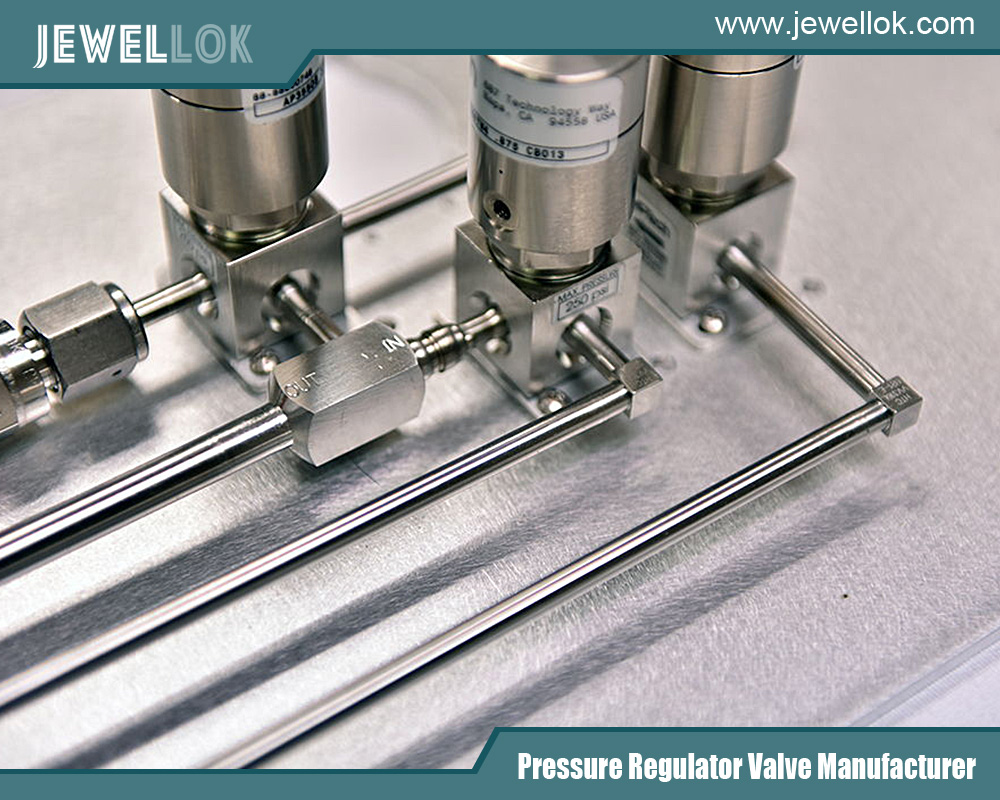
A Comprehensive Guide to Single Stage Pressure Regulators
- Pressure Regulator Valve Manufacturer
- 1/2 gas pressure regulator, 2 inch irrigation solenoid valve, 6mm compression union, 6mm equivalent, adjustable propane pressure regulator, adjustable propane regulator, argon gas pressure regulator, Brass High Purity Single Stage Pressure Regulators, diaphragm suppliers, Diaphragm Valve Manufacturers, gas manifold system, high purity regulator, how a solenoid works, how does pressure regulator work, how solenoid valves work, industrial regulators, low pressure regulator, oxygen regulator gauge, relief vs safety valve, safety valve and relief valve difference, safety valve vs relief valve, semiconductor gas, single stage pressure regulators, single stage pressure regulators factory, single stage pressure regulators hotsale, single stage pressure regulators manufacturer, single stage pressure regulators supplier, single stage pressure regulators wholesale, stainless pressure regulator, stainless steel 1/4 in. pressure gauge fitting - 3/8 qc, what is a gas pressure regulator
- No Comments
A Comprehensive Guide to Single Stage Pressure Regulators
Single Stage pressure regulators are vital components in many industrial and laboratory applications, ensuring a stable output pressure despite changes in input. This article delves into the mechanics, benefits, and selection criteria of Single Stage pressure regulators, equipping you with insights for optimal usage. Whether you’re a professional managing gas delivery or a student studying pressure control systems, understanding Single Stage regulators will enhance your efficiency and safety in handling pressurized gases.
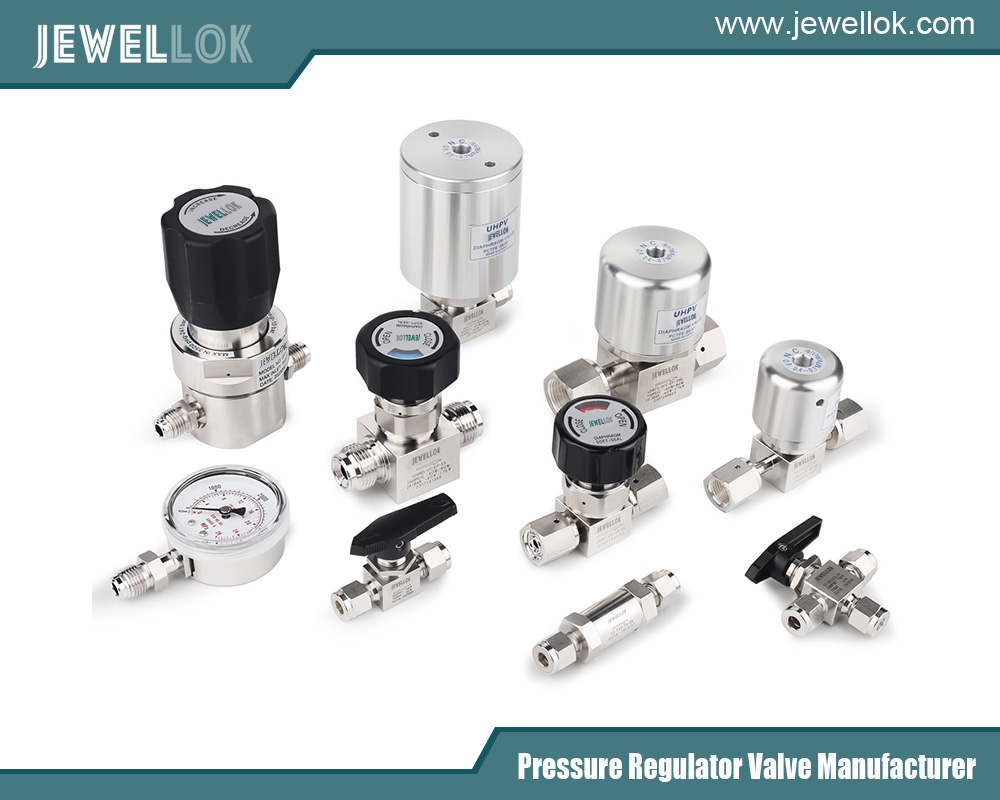
Understanding Single Stage Pressure Regulators
Single Stage pressure regulators manage the flow of pressurized gas from a high-pressure source, such as a cylinder, to a lower, controlled pressure. Here’s a breakdown of their components and functionality.
Critical Components of Single Stage Regulators:
- Inlet and Outlet Ports:Control gas flow from high-pressure sources to the target application.
- Diaphragm:Separates high-pressure gas from the outlet side, adjusting to maintain a stable output.
- Valve Seat: Ensures tight gas flow control when the valve is opened or closed.
- Spring Mechanism:Works with the diaphragm to balance pressure fluctuations.
How They Work:
- Initial Pressure Reduction:The regulator reduces the initial high pressure as gas flows from the inlet.
- Automatic Adjustment:As output gas is used, the regulator adjusts to maintain a constant outlet pressure.
- Pressure Stability:The regulator maintains a stable output pressure despite slight input variations.
Benefits of Using Single Stage Pressure Regulators
Single Stage regulators offer several advantages, making them suitable for many applications.
- Cost-Efficiency:These regulators are often more affordable than multi-stage alternatives.
- Simplicity:Their straightforward design is easy to install and maintain.
- Compact Design:Single Stage regulators are typically more compact, fitting easily into smaller setups.
- Versatility: Suitable for various gases and liquids, making them adaptable for different industries.
Applications of Single Stage Pressure Regulators
Single Stage regulators are widely used in:
- Laboratory Settings
- Industrial Processes
- Medical Gas Delivery
- Welding and Cutting
Selecting the Right Single Stage Pressure Regulator
Selecting the proper regulator requires thoroughly assessing application requirements, gas type, and operational conditions. Consider these factors:
- Input Pressure Requirements:Match the regulator’s input range to the gas source.
- Output Pressure Needs: Ensure the regulator can provide the desired output pressure.
- Material Compatibility: Choose materials compatible with the gas or fluid to prevent contamination.
- Size and Port Configurations:Select a regulator that fits your system’s physical constraints.
Installing and Maintaining Single Stage Pressure Regulators
Installation Steps:
- Verify the regulator’s compatibility with your system.
- Clean the fittings to prevent contamination.
- Tighten connections without over-tightening to avoid damaging seals.
Maintenance Tips:
- Regular Inspection:Check for signs of wear or damage.
- Replace Components as Needed:Diaphragms and springs may wear over time and require replacement.
- Leak Testing:Regularly test for leaks to ensure safe operation.
Common Challenges and Troubleshooting Tips for Single Stage Pressure Regulators
While Single Stage pressure regulators are generally reliable, users may encounter some challenges during installation or operation. Understanding and troubleshooting these issues can prevent downtime and ensure safe, efficient gas management.
1. Inconsistent Output Pressure
Inconsistent output pressure is a common issue with Single Stage regulators, significantly as the input pressure decreases over time. Slight fluctuations can occur since Single Stage regulators do not provide as constant an output as dual-stage regulators.
Solution:
- Monitor the cylinder pressure regularly to anticipate output changes.
- If precision is critical, consider switching to a dual-stage regulator.
- Ensure the regulator is rated for your Application’s input and output pressure.
2. Gas Leaks
Gas leaks can be hazardous, especially when working with combustible or toxic gases. Leaks often result from poor installation, worn-out seals, or damage to the diaphragm.
Troubleshooting Steps:
- Leak Detection:Apply a soapy water solution around connections and fittings to detect bubbles, which indicate leaks.
- Seal Inspection:Check seals for signs of wear or cracks and replace them as necessary.
- Tightening Connections:Avoid over-tightening, as this can damage threads or seals. Tighten connections firmly but with caution.
3. Regulator Creep
Regulator creep occurs when the outlet pressure rises above the set point without additional flow demand. This can be dangerous, especially if the equipment downstream cannot handle the increased pressure.
Preventive Measures:
- Inspect the valve seat for wear, as a damaged seat can prevent proper sealing.
- Regularly test the regulator to ensure it maintains the correct output pressure.
- Replace any worn components promptly to prevent creep.
4. Freezing of Regulator Components
In certain conditions, Single Stage pressure regulators may freeze, especially when working with rapidly expanding gasses like CO₂. This can affect the regulator’s ability to maintain consistent pressure.
Solutions:
- Consider installing a heater or choosing a regulator designed for low temperatures.
- Select a regulator with anti-freezing features for CO₂ or other freezing-prone gas applications.
- Reduce the flow rate as this lowers the likelihood of freezing.
5. Difficulty Adjusting Pressure
Sometimes, users may need help to adjust the output pressure accurately. It can result from issues with the spring or the diaphragm.
Troubleshooting Tips:
- Check the adjustment knob to ensure it turns smoothly. If it’s stuck, there may be internal corrosion or debris.
- Regularly clean and maintain the adjustment components to prevent buildup.
- Replace the spring if it’s worn or showing signs of damage. This can make pressure adjustment more accessible and more precise.
6. Choosing the Wrong Regulator for the Application
A common mistake is selecting a regulator that doesn’t suit the Application’s specific gas, pressure, or environmental conditions. Using the wrong regulator can lead to performance issues and safety hazards.
Selection Tips:
- Ensure that the regulator’s material is compatible with the gas. For example, corrosive gasses require regulators made from stainless steel or other resistant materials.
- Verify that the pressure ratings meet the demands of both the input and output requirements.
- Consider the environmental conditions, such as temperature and humidity, which may affect regulator performance.
Tips for Safe Operation and Maintenance of Single Stage Pressure Regulators
Following proper safety protocols and regular maintenance practices is critical to getting the best performance from a Single Stage pressure regulator.
Regular Inspections:
- Conduct visual inspections before each use to ensure no visible damage or leaks.
- Check for signs of corrosion or wear on critical components like the diaphragm and seals.
Routine Cleaning:
- Clean the regulator periodically to prevent the buildup of debris, which can interfere with gas flow.
- Avoid using harsh chemicals that might damage seals or other sensitive parts.
Replace Worn Parts:
- Keep spare parts, such as seals and springs, to immediately address any wear or damage.
- Follow the manufacturer’s guidelines for replacing components at recommended intervals.
Proper Storage:
- Store regulators in a clean, dry area to protect them from moisture and contaminants when not in use.
- Avoid stacking heavy objects on top of stored regulators, which can lead to accidental damage.
Conclusion
Single Stage pressure regulators are essential for managing pressurized gas in various applications, ensuring safety, efficiency, and reliability. With a clear understanding of their functionality and proper maintenance practices, you can achieve optimal performance and longevity from your regulator. Whether for a lab, industrial, or medical Application, selecting and using the proper Single Stage regulator can help you maintain control over your gas or fluid systems efficiently.
For more about a comprehensive guide to single stage pressure regulators, you can pay a visit to Jewellok at https://www.jewellok.com/ for more info.
Recent Posts
Tags
Recommended Products
-
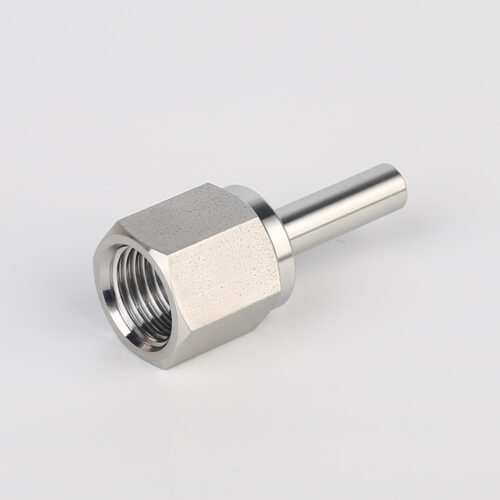
739LF High Purity Female Adapter Tube To Pipe Fittings And Connectors
-
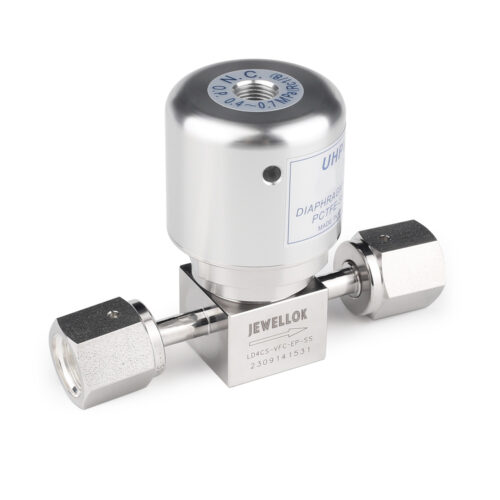
Stainless Steel Low Pressure Seal Pneumatic Diaphragm Control Valve For For HP & UHP Gases
-
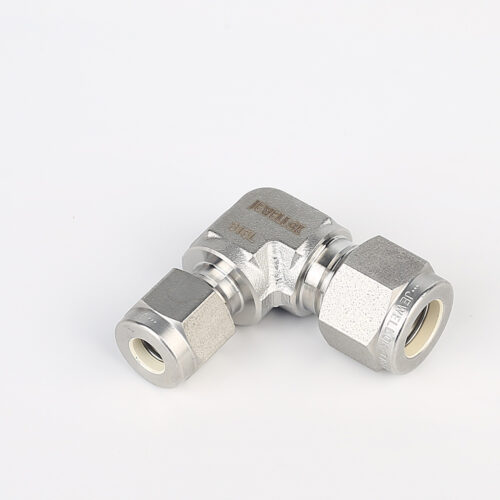
765LR Reducing Tee | Stainless Steel 316 High Purity Butt Weld Fittings Metal Face Seal For Welding Pipe Fitting Reducing Tee
-
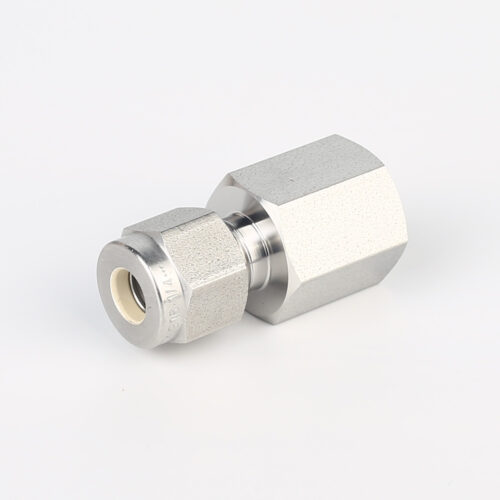
766L High Purity Female Connector UHP Fitting Female Connector
-
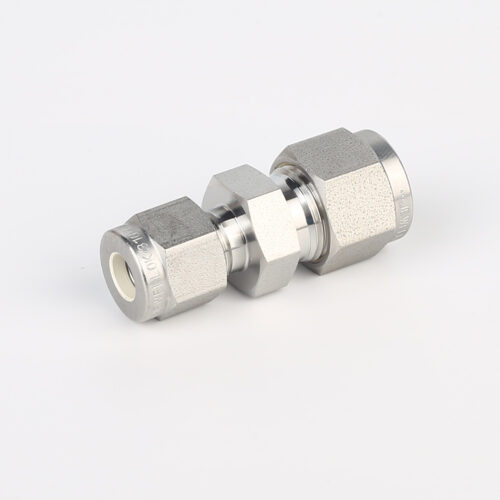
763L Stainless Steel High Purity Pressure Reducing Union Fittings And Tubing Pressure Reducing Valve Adjustment
-
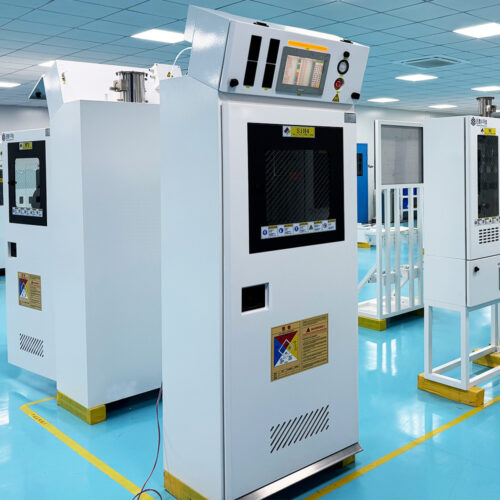
High Purity Bulk Specialty Gas Pressure Control And Filtration Bulk Gas Skid Systems JW-300-BSGS
-
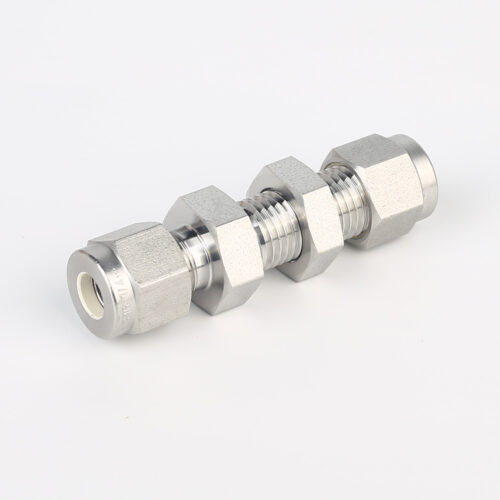
774L Stainless Steel UHP Fittings Butt Weld Bulkhead Union For High Flow Special Gas Fluid
-
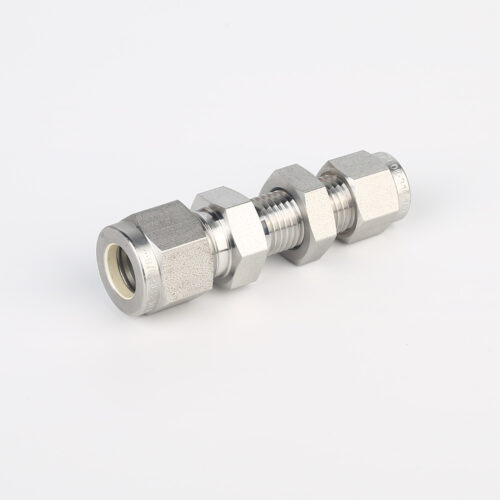
775L Bulkhead Reducing Union | Stainless Steel High Purity Double Ferrule Bulkhead Reducing Unions
